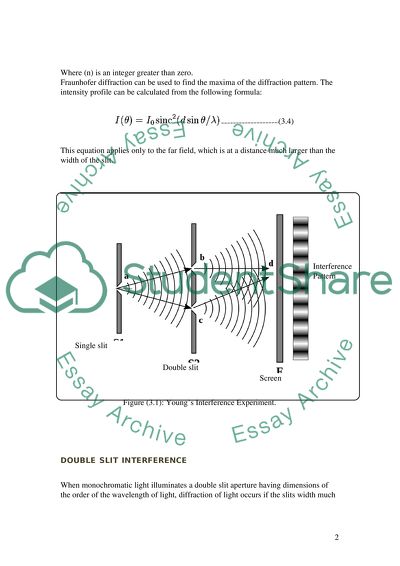Cite this document
(“Single slit diffraction & double slit interference Lab Report”, n.d.)
Retrieved from https://studentshare.org/science/1501622-single-slit-diffraction-double-slit-interference
Retrieved from https://studentshare.org/science/1501622-single-slit-diffraction-double-slit-interference
(Single Slit Diffraction & Double Slit Interference Lab Report)
https://studentshare.org/science/1501622-single-slit-diffraction-double-slit-interference.
https://studentshare.org/science/1501622-single-slit-diffraction-double-slit-interference.
“Single Slit Diffraction & Double Slit Interference Lab Report”, n.d. https://studentshare.org/science/1501622-single-slit-diffraction-double-slit-interference.


